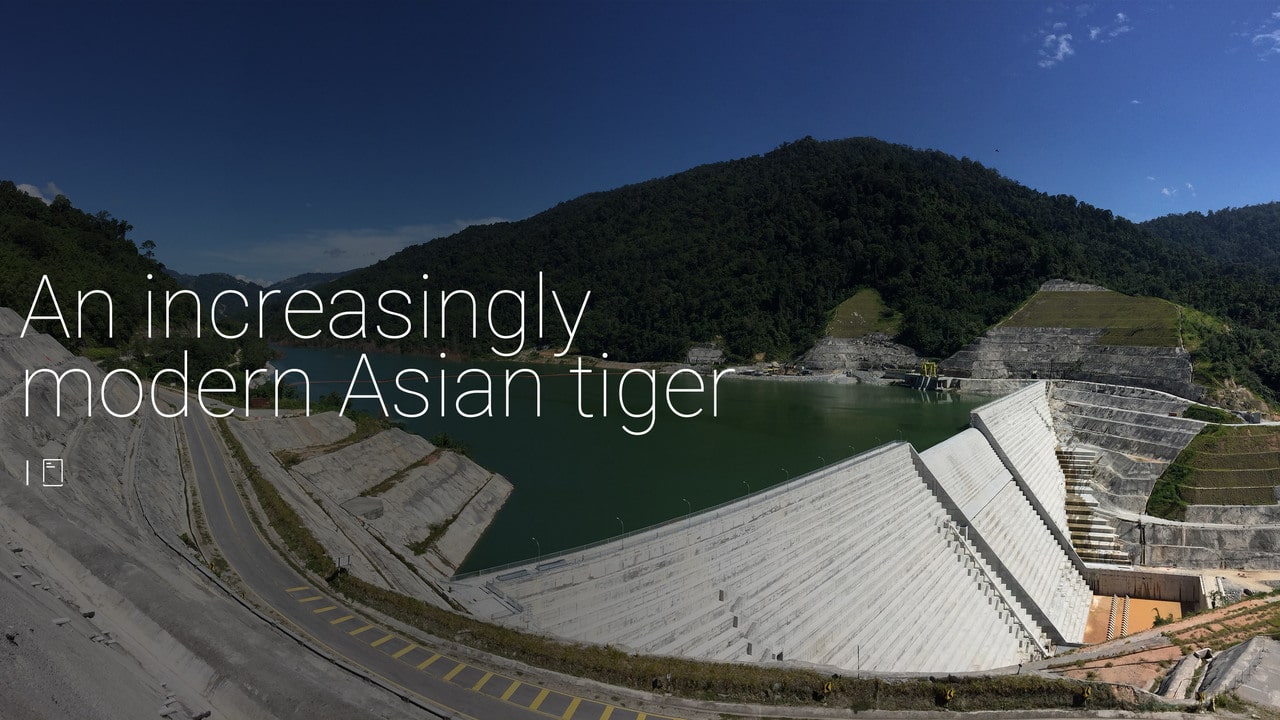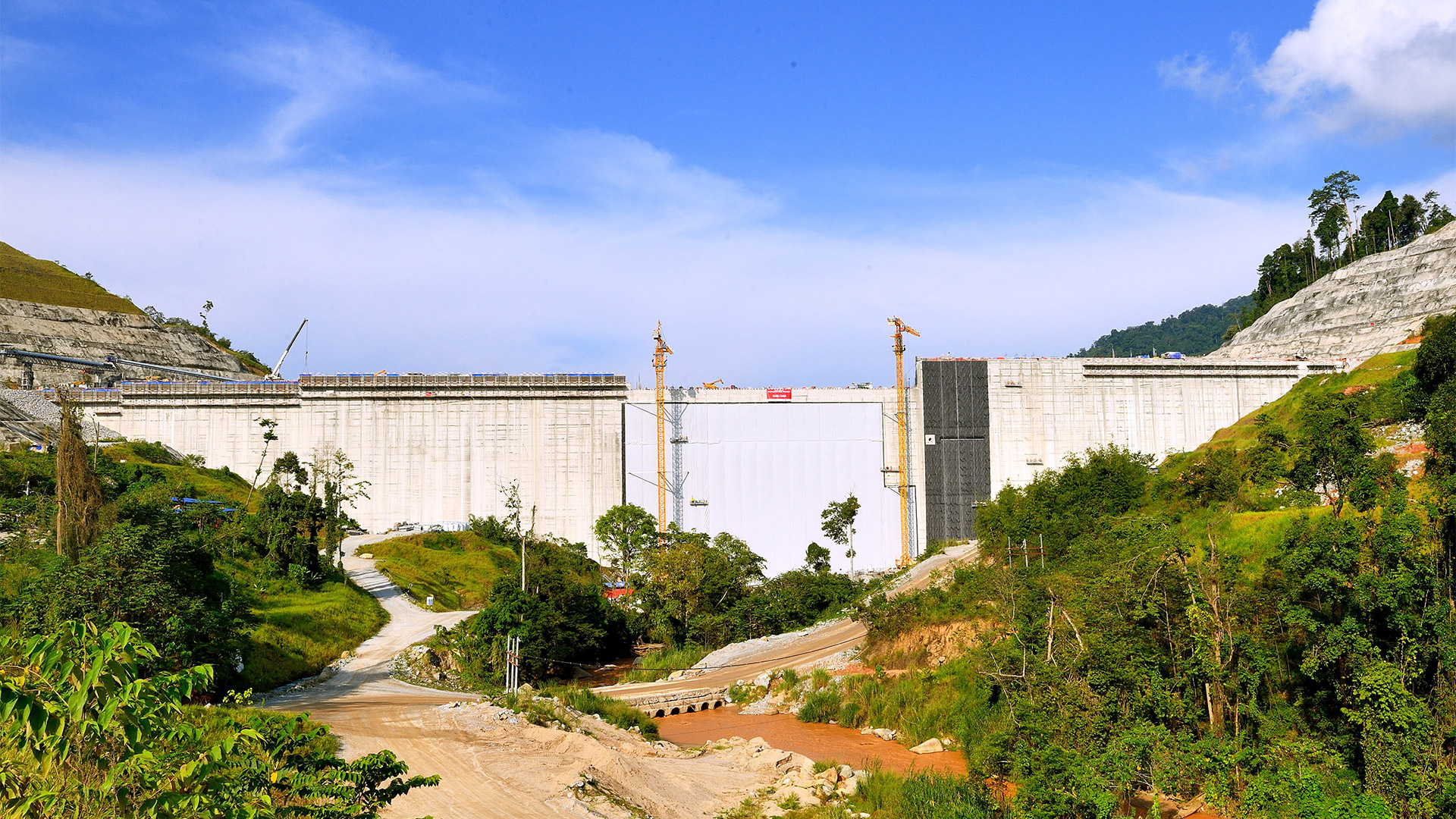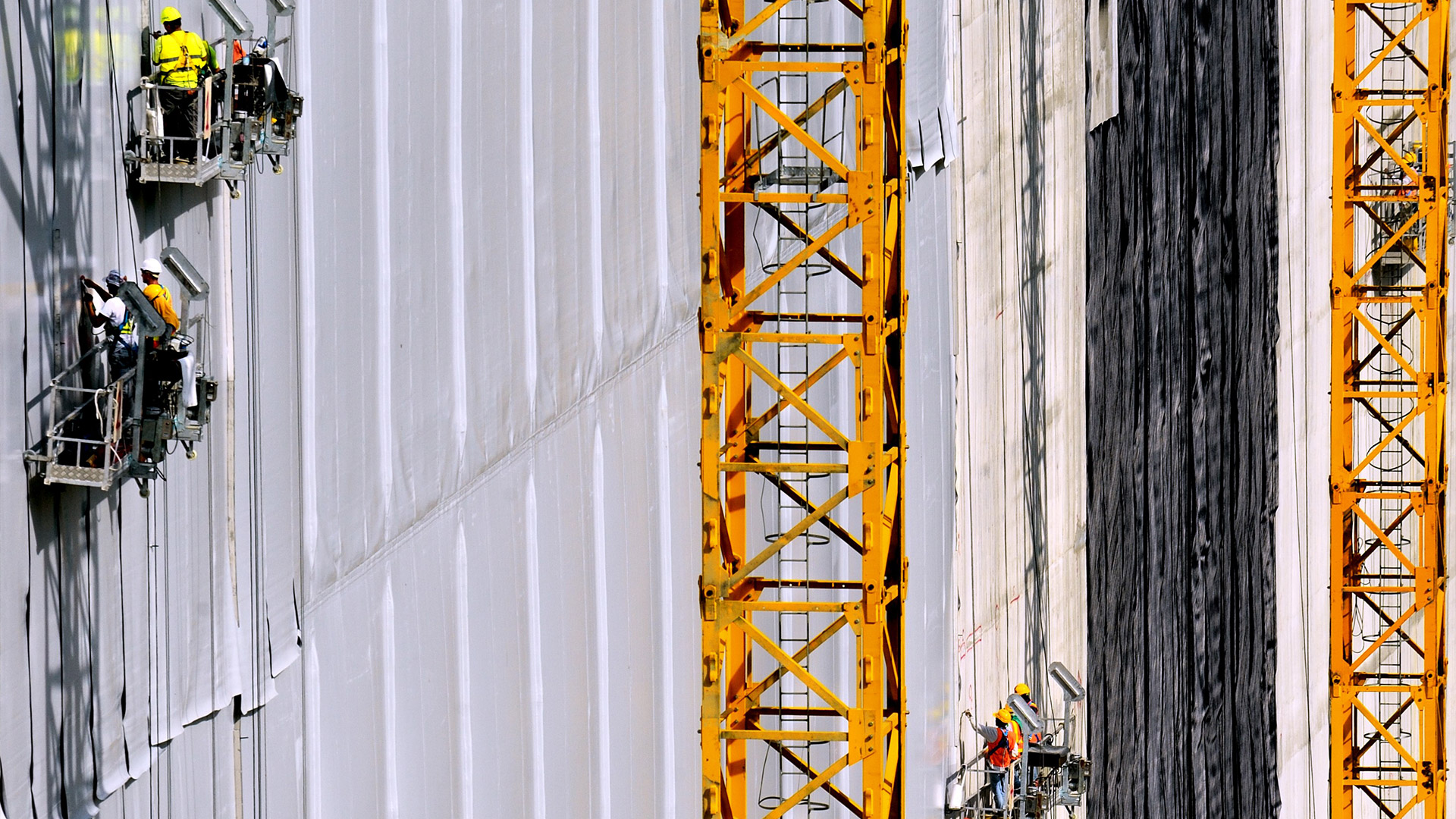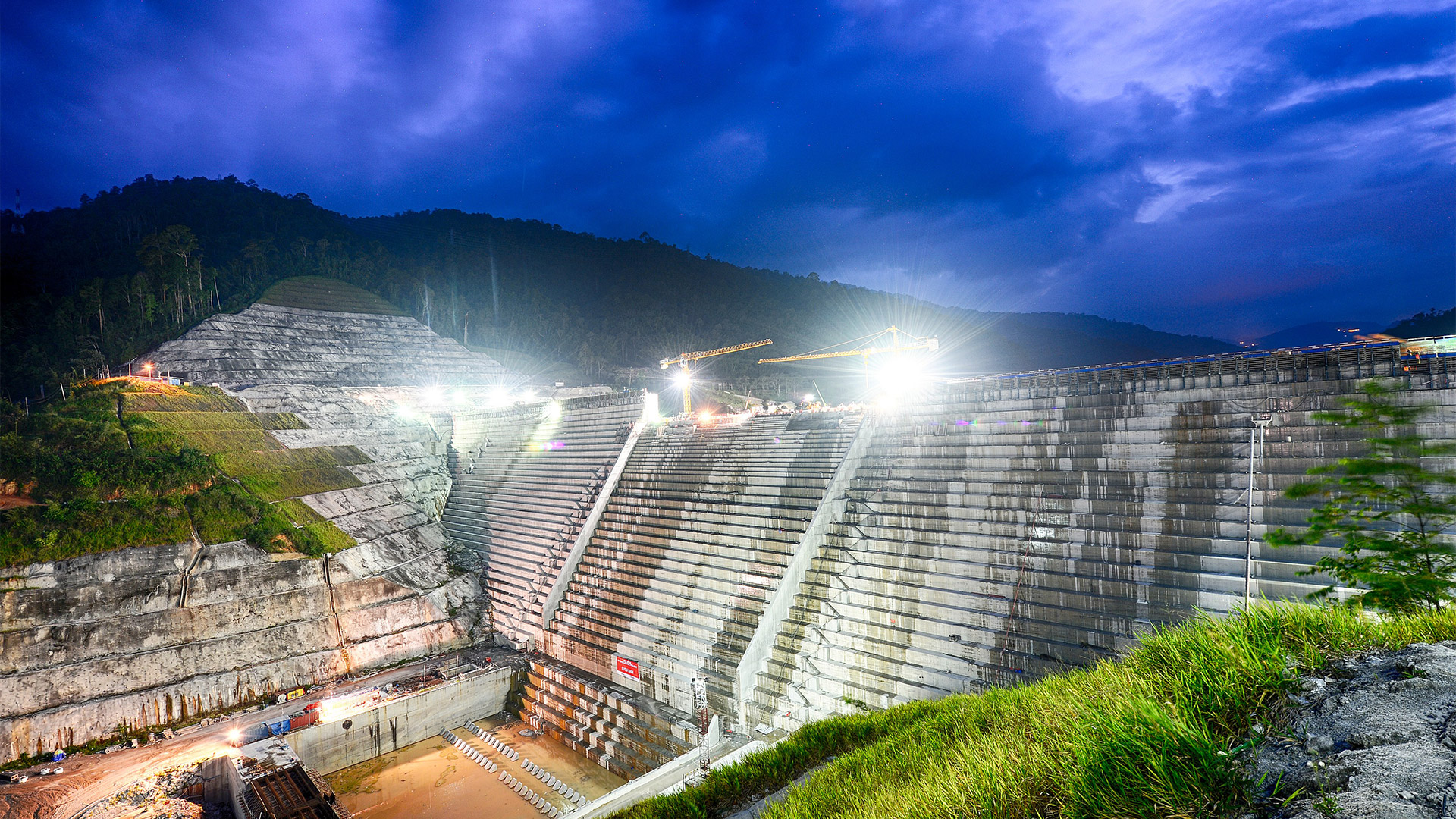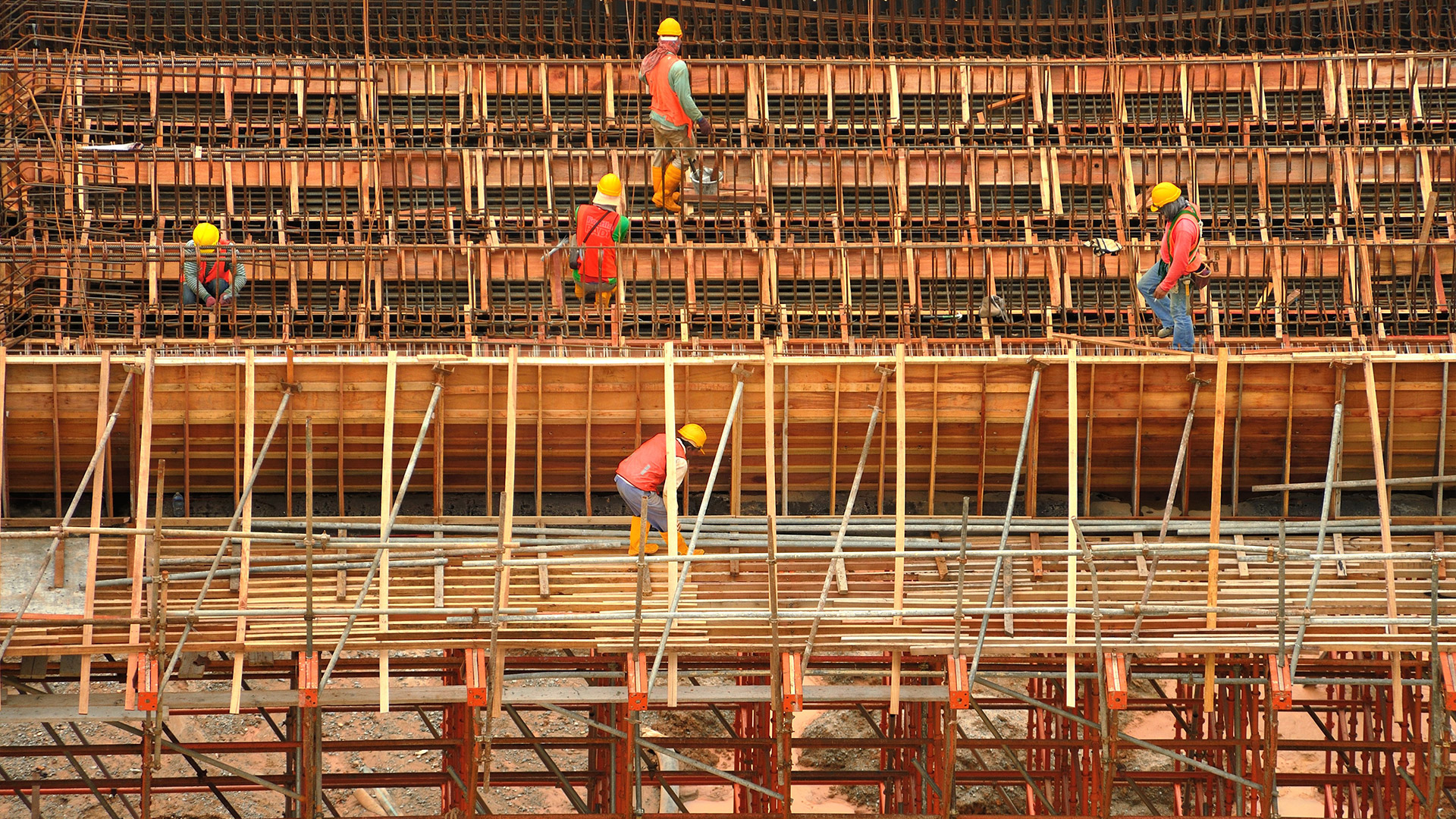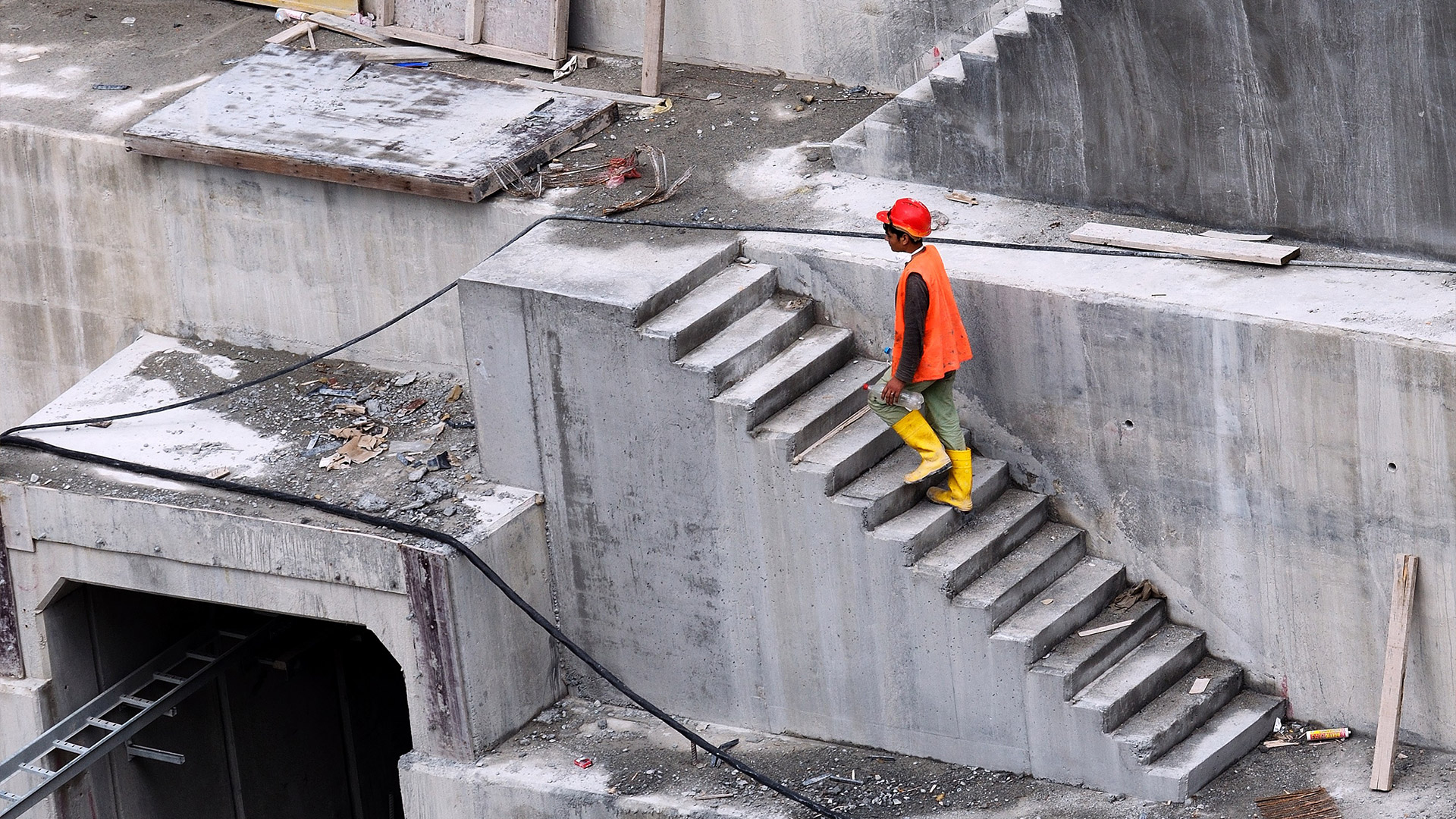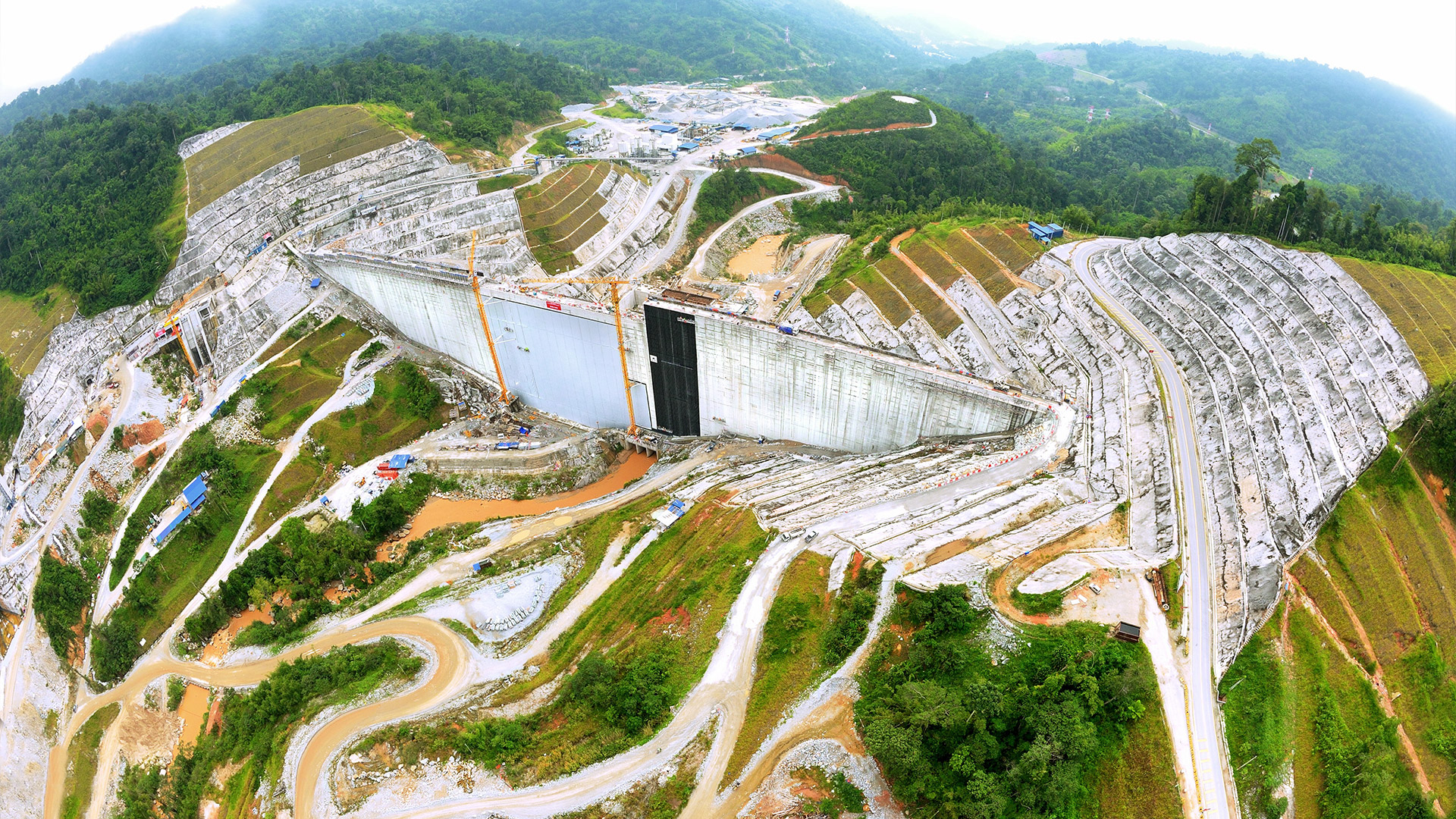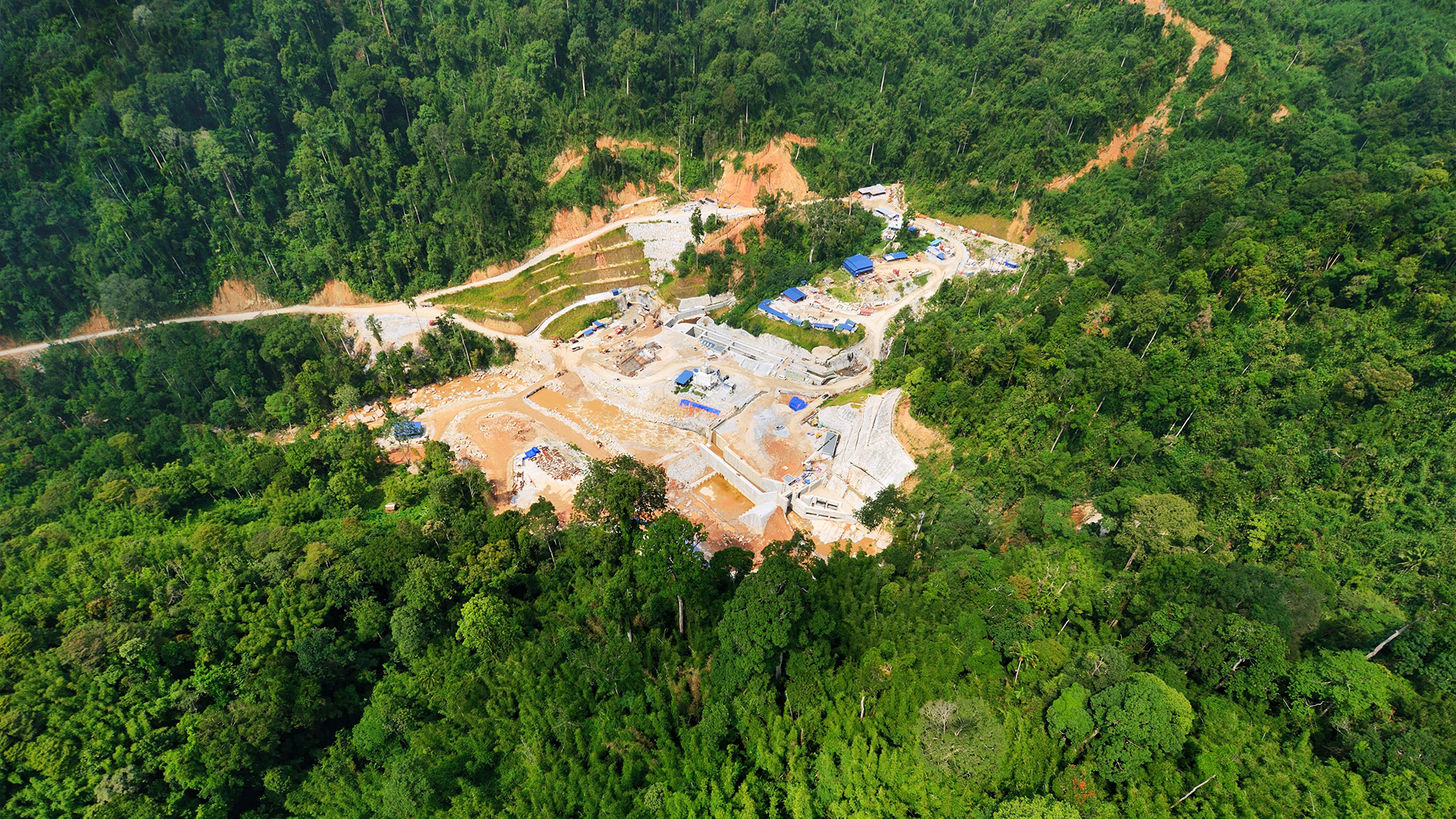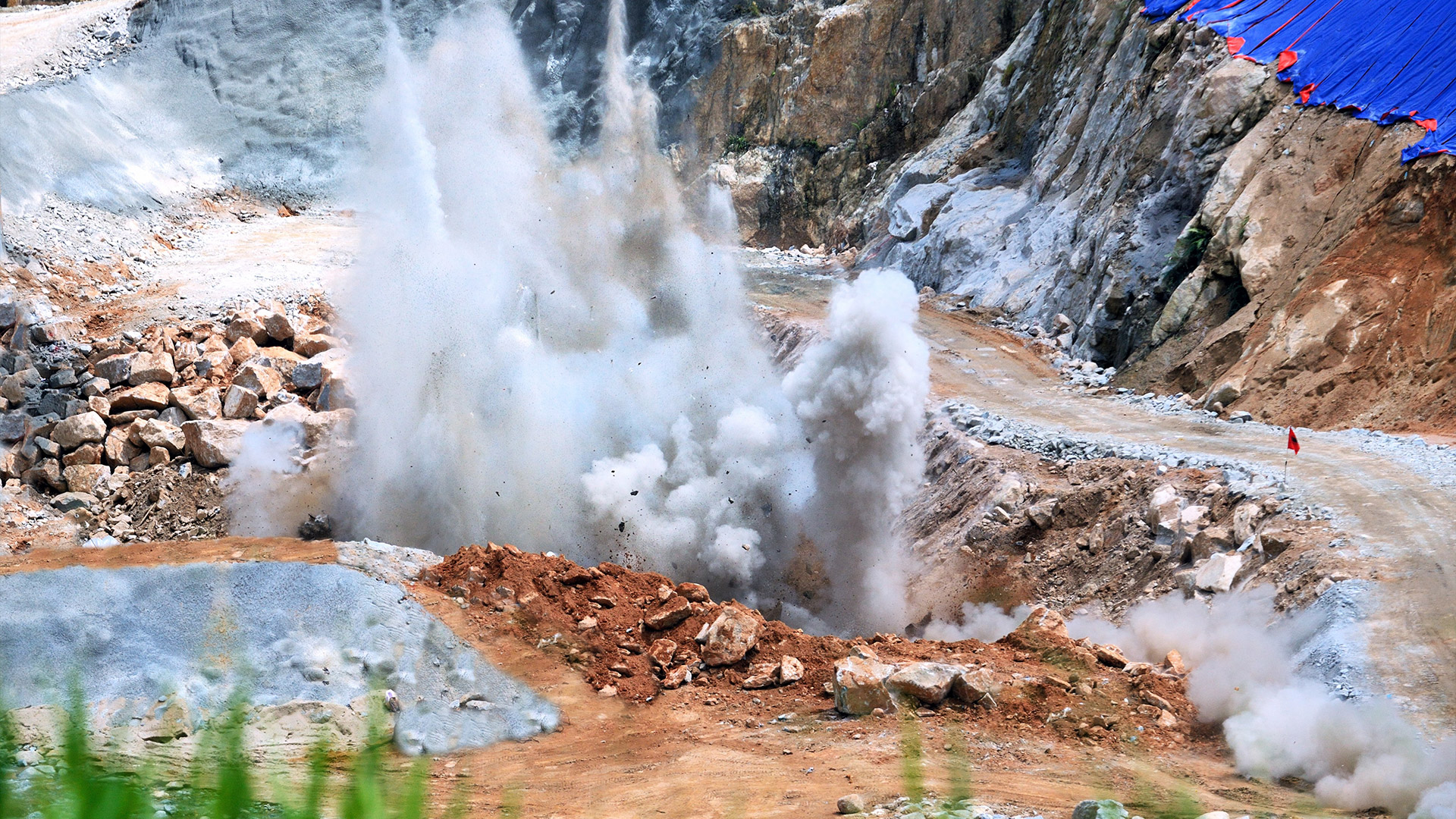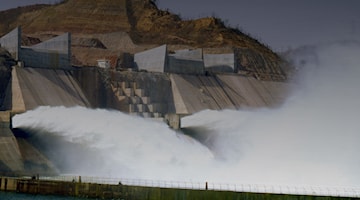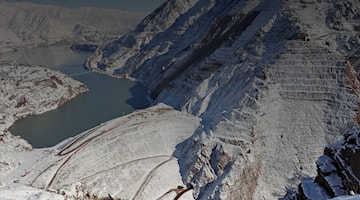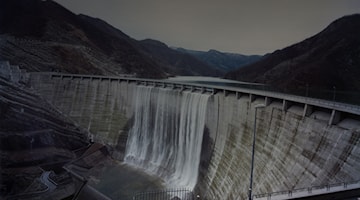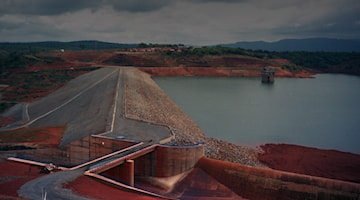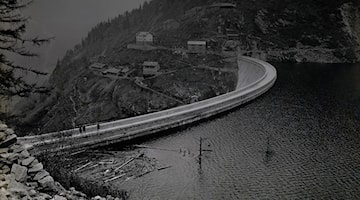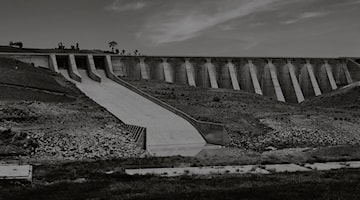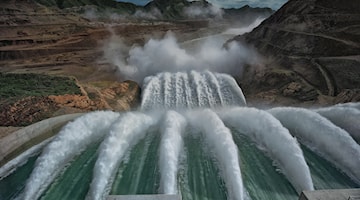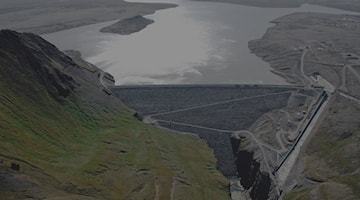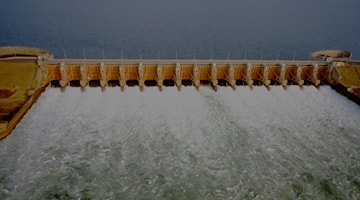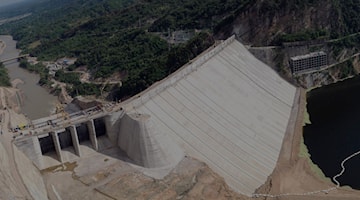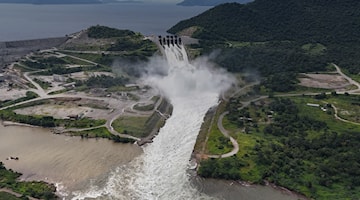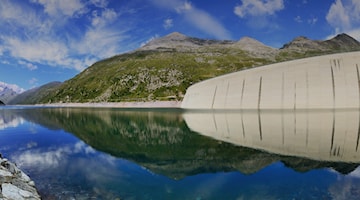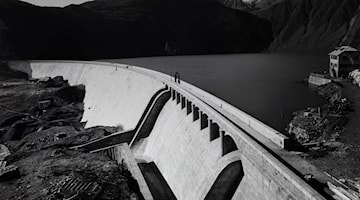A country of new energies
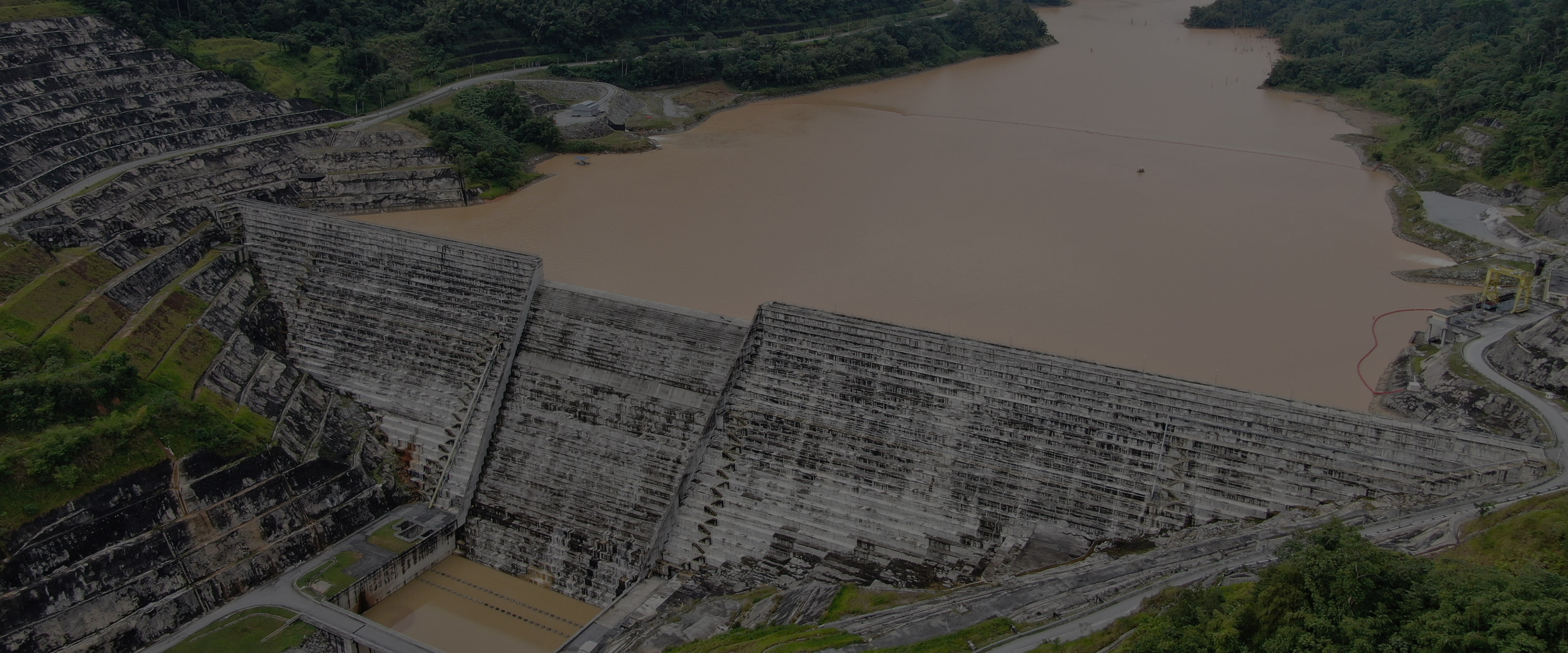
ULU JELAI HYDROELECTRIC PROJECT, MALAYSIA
Tea plantations, dream beaches, coral reefs. And above all, a vast expanse of rainforest, over 130 million years old. This is Malaysia, which spreads over the Malay peninsula and the island of Borneo, and is covered (70% on the peninsula and 95% on the island) by the oldest primary forest on the planet. A dense, mysterious jungle, where Emilio Salgari imagined the adventures of his Sandokan, the 'Tiger of Malaysia', the only surviving descendant of a family of the rulers of Borneo, engaged in a never-ending struggle against the white invaders.
However, in reality, it was neither Sandokan nor his rebel army who freed Malaysia from centuries of colonial domination, first under the Portuguese, then the Dutch and finally the British. Indeed, independence came in 1957 (although the country remained in the Commonwealth). Thus began the story of a modern and independent country, with 35.6 million inhabitants and a truly unique mix of cultures (Malay, Chinese, Indian and European).
Kuala Lumpur, its capital, is a modern and cosmopolitan city where colonial and traditional Asian architecture mixes with futuristic skyscrapers, such as the iconic Petronas towers, which stand 480 metres high.
Another icon of modern Malaysia lies in Pahang state, two hundred km north of Kuala Lumpur and its iconic towers. Ulu Jelai is the country's most impressive and efficient hydroelectric project.
Completed from 2011 to 2020, by a group of companies led by Salini Costruttori (which later merged into the Webuild Group), the dam on the Bertam River stands in terrain pummelled by tropical storms It was built with roller compacted concrete, i.e. with one thin layer of concrete at a time (190,000 m3 in all). It is also the only Malaysian dam of this type for energy production as well as water storage.
Measuring 85 metres high and 512.5 metres in length, it has a volume of around 750,000 m3; the height difference between the reservoir and the river into which the water is released, is approximately 360 metres: a gigantic leap which considerably increases the plant's generating potential, making it the most efficient in the country. Between 4 and 5 million m3 of earth and rock were excavated and moved to achieve this.
The electricity produced here, up to an annual 326 GWh, has encouraged and supported the growth and diversification of the Malaysian economy, which has recently expanded from the cultivation of flowers and tea to the production and export of palm oil, household appliances, electronic components and other manufacturing industry products.
Ulu Jelai had and still has an essential role in attracting foreign investments and reducing poverty, which the country has almost eradicated, as the World Bank has also confirmed. And, last but not least, the environment will see a reduction of 250,387 tons of CO2 emissions thanks to the abandonment of many fossil fuel-powered generators.

THE WORK AND THE TECNIQUE
M HEIGHT
M CREST LENGTH
M³ DAM VOLUME IN RCC
M³ VOLUME OF CONCRETE WORKS
MW INSTALLED POWER
TONS ANNUAL REDUCTION IN Co2 EMISSIONS
Tenaga Nasional Berhad (TNB)
ATI formata da Salini Costruttori (oggi Webuild) tramite la Salini Malaysia Sdn. Bhd. (Capofila, 90%) e Tindakan Mewah Sdn. Bhd.
One major challenge in building the dam in the Pahang state was coping with difficult weather, which forced the crew to work and excavate under almost daily tropical downpours.
To avoid landslides, it was necessary to secure the surrounding land with sprayed concrete, ground nails and anchor bolts.

CULTURAL INSIGHTS


An increasingly modern Asian tiger
Malaysia is one of the Asian tigers that has modernised rapidly over the last twenty years, evolving from a producer of raw materials to a post-industrial powerhouse, a leader in both traditional sectors, such as textiles, and in electronic components and manufacturing advanced computer products.
To support its economic transition, it was necessary to increase energy production capacity, considering that in 2021 the amount of electricity consumed in Malaysia was 166 TWh.
On the one hand, the Ulu Jelai plant has reduced domestic use of fossil fuels (the country remains the world's 25th largest producer), reducing its ecological footprint and leaving greater quantities for export. On the other, it has made it possible to meet the increased demand during peak hours and periods.
This project stands out because according to the United Nations, Ulu Jelai can reduce annual carbon dioxide emissions by 250,387 tons by replacing the contribution of generators that employ coal and other fossil fuels in peak periods.
In 2021, renewable generation capacity was approximately 8.9 thousand megawatts, slightly higher than the previous year and an increase of over 8 thousand megawatts since 2012.
t of CO2 annual emissions







